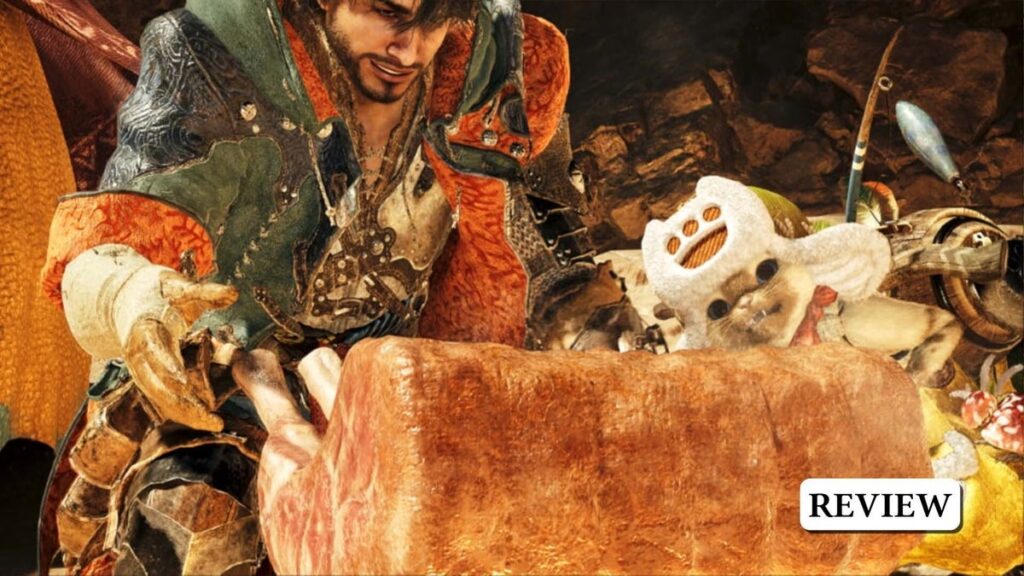A giant rooster that sets a desert sea on fire every time it brushes its beautiful but deadly tail feathers. A toad-like octopus that sends mini-tidal waves roiling through a thick jungle forest as it flops around like a violent puppy. These and other majestic creatures I’ve killed dozens of times in Monster Hunter Wilds, and I would gladly do it again.
Monster Hunter’s greatest trick has always been making ecological slaughter feel so engaging, necessary, and urgent that players repeat the same tasks with slight variations for dozens of hours on end. Instead of being bored or exhausted, the endless, vicious cycle leaves us exhilarated and rejuvenated. Slicing rare horns, hides, and relics from fallen prey for the 100th time leaves us not with an existential crisis but with a fresh grin on our face.
That magic is as alive and cleverly engineered as ever in Monster Hunter Wilds. The blockbuster sequel, out February 28 on PlayStation 5, Xbox Series X/S, and PC, presents Capcom’s long-running action-RPG series at its most visually impressive and intricately designed yet, with striking vistas transformed on a dime by sudden storms and beasts of all shapes, sizes, and temperaments living in them. It takes players to the Forbidden Lands to research a previously unexplored region that’s home to new monsters, mysterious weather events, and the remnants of an ancient civilization.
Order Monster Hunter Wilds: Amazon | Best Buy | CDKeys | Humble Bundle
It’s a massive undertaking full of sprawling maps to explore and some of the coolest boss fights in modern gaming. I’ve had a blast giving myself over to its mesmerizing reward loop, and it’s a game I will continue playing a ton of in the future. At the same time, the few dozen hours I’ve spent with Monster Hunter Wilds so far have left me slightly disappointed at just how familiar and unsurprising it all feels. Monster Hunter Wilds is a comprehensive visual and combat spectacle that is still very much a Monster Hunter game, often for better but occasionally for worse.
It doesn’t feel like the Monster Hunter of the future so much as the super ultra deluxe version of the series as we know it today. Its bells and whistles are mostly quality-of-life improvements, and the splendor of its world is richly layered but more subtle than it’s been in the past. The formula of 1.) find monster, 2.) kill monster, 3.) turn it into cool stuff has been streamlined within an inch of its life, both to deliver the franchise’s core pleasures in rapid, breakneck succession, and also perhaps in a bid to make an infamously dense, arcane, and overwhelming series more hospitable (and easier) for newcomers.
The big back-of-the-box innovation this time around is a more seamless world. Monster Hunter Wilds is divided into a series of large open zones. These biomes, from icy caverns to volcanic pits, become characters in their own right as you spend hours combing through them for your quarry and crafting resources. Traveling between these areas involves astoundingly brief loading screens. More importantly, players can travel between their camps and the hunting zones themselves without any loading screen at all, engaging in quests one after the other without constantly being forced to hop back and forth.


